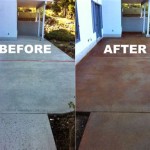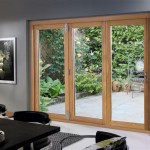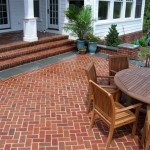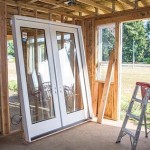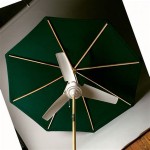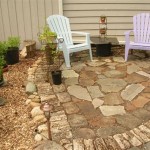Wood Patio Flooring: An Essential Guide
Wood patio flooring is an excellent way to add beauty and value to your outdoor space. It creates a comfortable and inviting atmosphere, allowing you to enjoy your outdoor space with friends and family. However, choosing the right wood patio flooring material and installing it correctly are crucial for its durability and longevity.
Wood Species for Patio Flooring
When selecting wood for your patio flooring, consider its durability, resistance to rot and decay, and aesthetic appeal. Some popular wood species include:
- Cedar: Naturally resistant to rot, decay, and insects, making it an excellent choice for patios.
- Redwood: Durable, naturally rot-resistant, and has a naturally beautiful reddish hue.
- Teak: Exceptionally durable, resistant to rot, and known for its rich golden-brown color.
Grading and Treatment
The grading of wood refers to its quality and appearance. Select a higher grade for a more uniform and aesthetically pleasing floor. Consider the treatment options available, such as pressure-treated wood, which enhances its resistance to moisture and insects.
Installation
Proper installation is crucial for the performance of your wood patio flooring. Ensure a solid foundation by building a level substructure of concrete or gravel. Install the planks with appropriate spacing and fasteners, allowing for expansion and contraction. Use a protective finish or sealant to enhance the durability and beauty of the floor.
Maintenance
Regular maintenance is essential to extend the life of your wood patio flooring. Sweep or hose down the floor to remove dirt and debris. Protect it from the sun and rain with a cover or umbrella. Apply a fresh coat of finish or sealant every few years to maintain its appearance and protect against the elements.
Advantages and Disadvantages
Wood patio flooring offers several advantages, such as:
- Natural beauty: Enhances the aesthetics of your outdoor space with its warm and inviting appearance.
- Durability: Properly chosen and installed wood can last for many years with proper maintenance.
- Comfort: Provides a comfortable surface to walk and sit on, unlike concrete or stone.
However, it also has some disadvantages:
- Maintenance: Requires regular cleaning, sealing, and occasional repairs to maintain its condition.
- Cost: Can be more expensive than other patio flooring materials, such as concrete or composite.
- Susceptibility to moisture: Wood can be susceptible to rot, mold, and insect damage if not properly treated and maintained.
Conclusion
Wood patio flooring is a beautiful and durable option to create an inviting outdoor space. By understanding the characteristics of different wood species, proper installation techniques, and ongoing maintenance, you can enjoy a wood patio flooring that enhances your home's exterior for years to come.

2024 Outdoor Flooring Trends 10 Ways To Upgrade Your Space

Interlocking Ipe Wood Deck Tiles From Arrak Quick And Easy To Install

Eco Exotic Wood Interlocking Deck Tiles For Your Outdoor Space In Toronto

A Complete Guide To Balcony Flooring Design Cafe

Deck Tiles Ipe Decking

9 Outdoor Flooring Materials Widely Used In The Ultra Decking

10 Reasons Why You Put In The Tiles Wooden Balcony Outdoor Wood Patio Flooring Gravel Landscaping

Outdoor Flooring For The Garden Grand Designs

Sherwood Walnut Outdoor Porcelain 20mm Emc Tiles

27pcs Fir Wooden Floor Tiles Decking For Outdoor Amp Indoor Patio Garden


